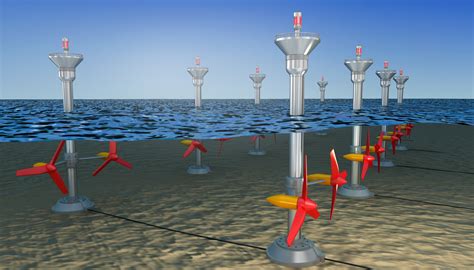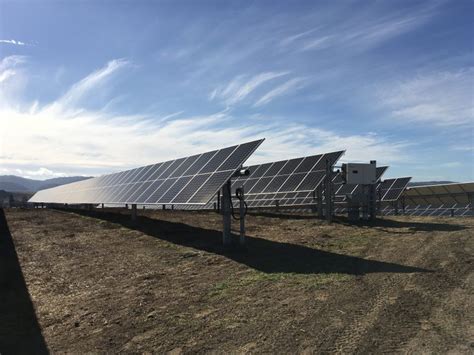Tidal power, a form of renewable energy, has been gaining attention in recent years due to its potential to contribute significantly to the global energy mix. As the world shifts towards cleaner and more sustainable energy sources, tidal power stands out for its unique ability to conserve energy while generating electricity. This article will explore five ways in which tidal power conserves energy, highlighting its role in the transition to a more sustainable energy future.
Key Points
- Tidal power reduces greenhouse gas emissions by generating clean energy.
- It conserves energy by leveraging predictable tidal patterns, minimizing the need for energy storage solutions.
- Tidal power facilities can serve as artificial reefs, promoting marine biodiversity.
- By reducing reliance on fossil fuels, tidal power helps conserve non-renewable resources.
- Advanced tidal power technologies are being developed to increase efficiency and reduce environmental impact.
Introduction to Tidal Power and Energy Conservation
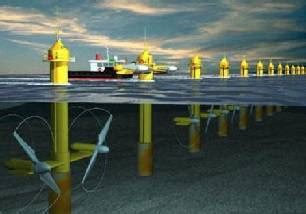
Tidal power harnesses the energy generated by the movement of ocean tides, which are caused by the gravitational pull of the moon and sun on the Earth’s oceans. This renewable energy source is particularly attractive because it is predictable and reliable, unlike some other forms of renewable energy such as solar or wind power, which can be intermittent. The predictability of tidal patterns allows for more efficient planning and operation of tidal power facilities, thereby conserving energy that would otherwise be wasted in standby modes or grid balancing.
Predictable Energy Generation
One of the primary ways tidal power conserves energy is through its predictable generation patterns. Traditional fossil fuel-based power plants often operate at less than full capacity to account for variable demand, resulting in inefficient energy use. In contrast, tidal power facilities can be designed to generate electricity at or near full capacity during tidal cycles, reducing the need for spare capacity and the associated energy waste. This predictability also simplifies grid management, as utilities can anticipate and plan for the energy output from tidal sources, further optimizing energy distribution and reducing losses.
| Energy Source | Predictability | Intermittency |
|---|---|---|
| Tidal Power | High | Low |
| Solar Power | Medium | High |
| Wind Power | Medium | High |
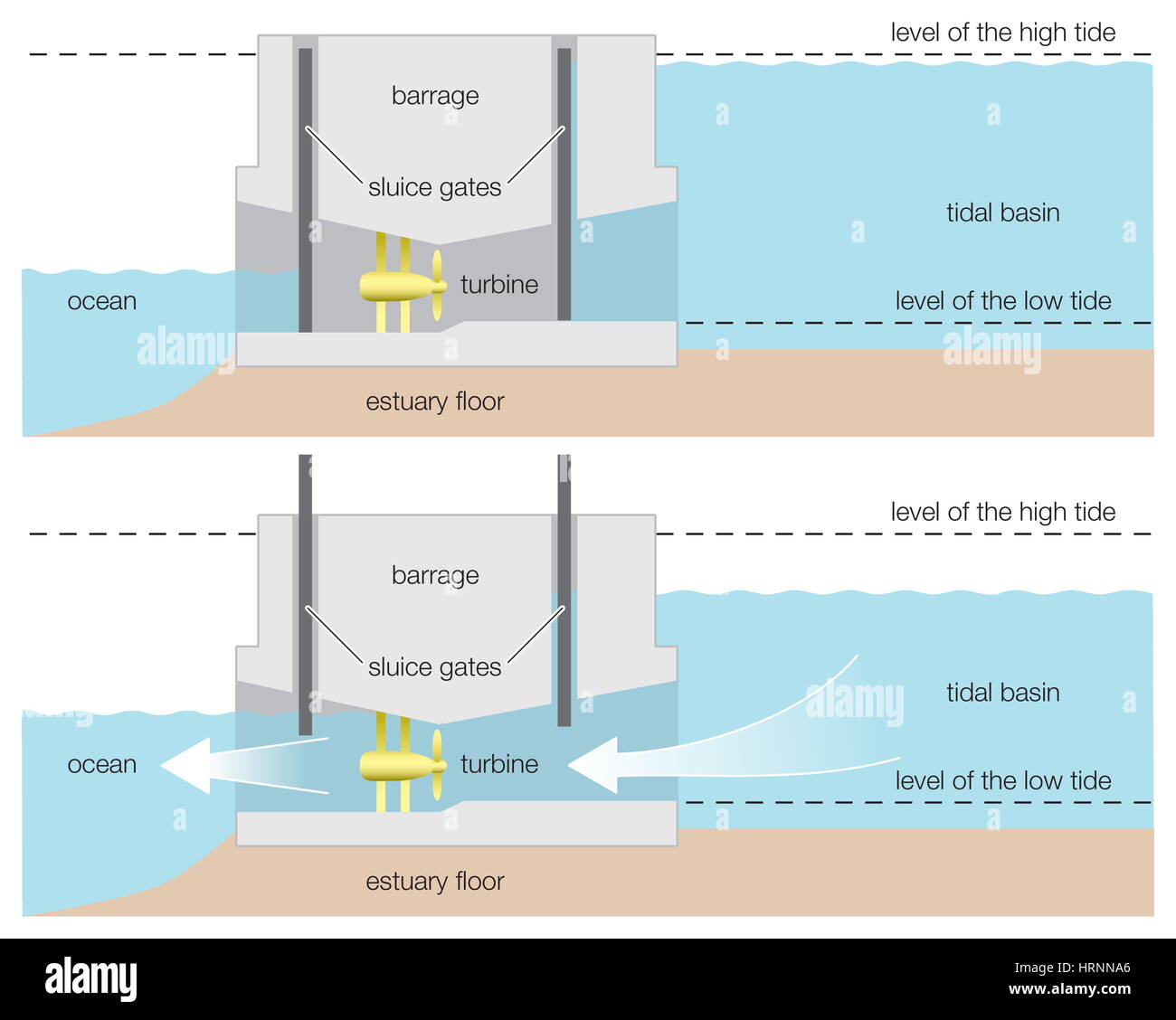
Reducing Greenhouse Gas Emissions
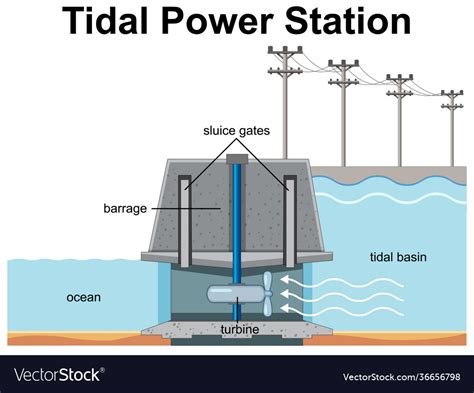
Another critical aspect of how tidal power conserves energy is by reducing the reliance on fossil fuels, thereby decreasing greenhouse gas emissions. Fossil fuels, when burned, release significant amounts of carbon dioxide and other pollutants into the atmosphere, contributing to climate change. By generating electricity from tidal energy, we can significantly reduce the amount of fossil fuels needed for power generation, conserving these non-renewable resources for future generations and mitigating the impact of climate change.
Conservation of Non-Renewable Resources
The conservation of non-renewable resources is a significant benefit of tidal power. As the global demand for energy continues to grow, finding alternatives to fossil fuels is essential to ensure that these finite resources are not depleted too quickly. Tidal power, along with other renewable energy sources, plays a crucial role in diversifying the energy mix and reducing dependence on coal, oil, and natural gas. By conserving these resources, we not only ensure a more sustainable energy future but also reduce the economic and environmental impacts associated with extracting, processing, and burning fossil fuels.
Environmental Conservation through Tidal Power Facilities
Beyond the direct conservation of energy, tidal power facilities can also contribute to environmental conservation. For instance, the structures used to harness tidal energy can serve as artificial reefs, promoting marine biodiversity in areas that might otherwise be barren. This dual role of tidal power facilities—generating clean energy while supporting marine ecosystems—highlights the multifaceted benefits of investing in tidal power technology.
Technological Advancements and Efficiency
Finally, advancements in tidal power technology are continually improving the efficiency of energy generation from tidal sources. New designs for tidal turbines and generators are being developed to capture more energy from the tides while minimizing environmental impact. These technological advancements not only increase the viability of tidal power as a significant contributor to the global energy mix but also enhance its role in energy conservation by ensuring that the energy generated is done so in the most efficient and sustainable manner possible.
How does tidal power contribute to energy conservation?
+Tidal power contributes to energy conservation by generating clean, predictable energy, reducing the need for fossil fuels, and promoting efficient grid management.
What are the environmental benefits of tidal power facilities?
+Tidal power facilities can act as artificial reefs, supporting marine biodiversity, and by generating clean energy, they reduce greenhouse gas emissions and the environmental impacts associated with fossil fuel extraction and use.
How does the predictability of tidal power aid in energy conservation?
+The predictability of tidal power allows for more efficient planning and operation of power grids, reducing the need for standby power plants and energy storage, thereby conserving energy.
In conclusion, tidal power offers a compelling solution for energy conservation through its predictable generation patterns, reduction of greenhouse gas emissions, conservation of non-renewable resources, promotion of marine biodiversity, and continuous technological advancements. As the world seeks to transition to a more sustainable and renewable energy-based economy, the role of tidal power in conserving energy and reducing our reliance on fossil fuels will become increasingly important.
